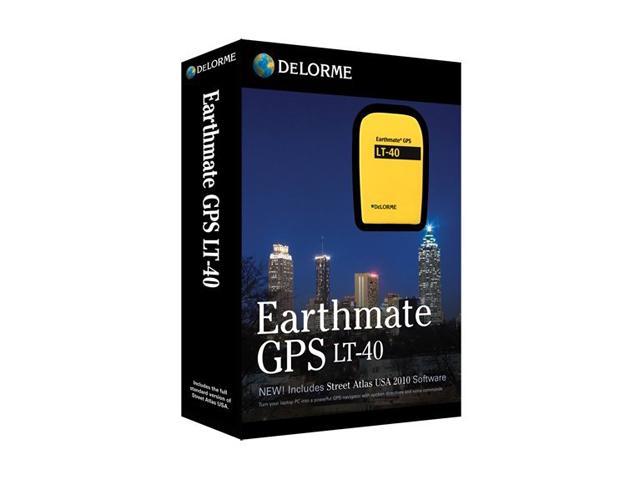

#Does delorme street atlas 2015 support bluetooth gps free#
The only bug I’ve noticed is the need to go into settings to manually disable and re-enable my tempe temperature sensor each time I use the 64s. While I did not have the time to put the unit through the rigorous tests I have in years past, from what I have experienced the 64s has perhaps the most mature firmware of any new Garmin handheld released in recent years. I won’t go into all the details here, but you’ll find many of the features that have made it worth upgrading your handheld in the last few years - compatibility with BirdsEye satellite imagery and topo maps, Garmin custom maps, advanced track navigation, paperless geocaching and activity profiles. The interface is nearly identical to the 62s, which means less bugs but it also means you won’t see things like the new style of track manager found on the Oregon 600 series. Mileage and elevation gain data appeared to be accurate, generally with 1-2% of the numbers reported by my 62s. My 62s has a bad habit of picking up my prior location and including it in the current track, even after I clear the tracklog at the trailhead! I never saw this occur on the 64s. This would apply to many other fast moving trail sports such as snowmobiling, etc.Įntering waypoints – No doubt about it, if you’re doing extensive naming of waypoints in the field, a touchscreen is much faster than the virtual keyboard found on the 64s.

Mountain biking – With the buttons found on the 64s, you can change screens on the fly, without having to take your eyes off the trail. Should you go for a touchscreen like the Garmin Oregon series, or a unit with buttons like the 64s? Here’s a couple of use cases where they may make a difference…


 0 kommentar(er)
0 kommentar(er)
